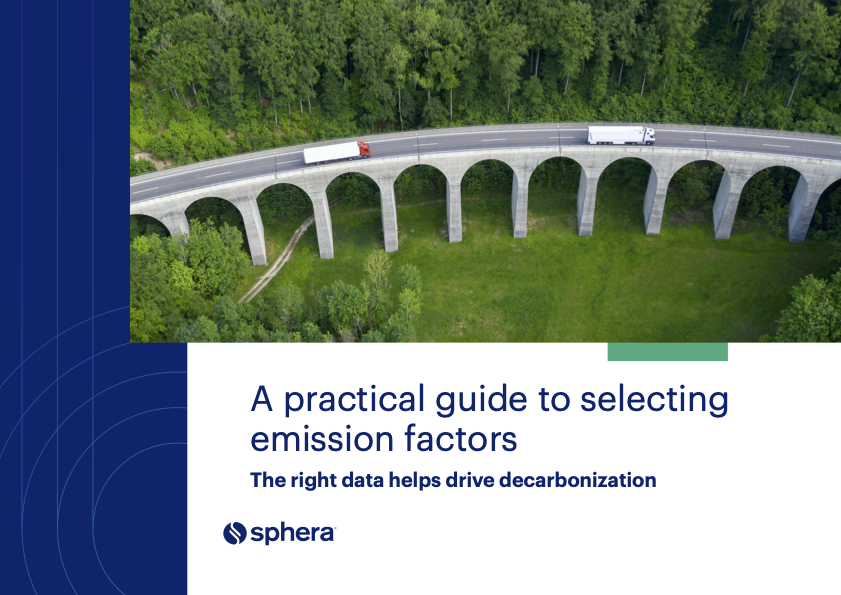SC Johnson Greenlist Process
SC Johnson took a step back to look at the big picture in order to improve its environmental track record and realized that the way to further improve it is by being selective in the materials the company purchases to manufacture its products. As one of the world’s leading manufacturers of products for household cleaning, home storage, air care, personal care, and insect control, SC Johnson buys a lot of ingredients worldwide. The company seized the idea of classifying and screening the ingredients used in every product the company manufactures, and using that information to make measurable improvements in the company’s ecological footprint.
By shifting the company’s product ingredients and packaging to the most environmentally responsible materials possible, the company makes its products cleaner, greener and easier on the planet, improving the company’s environmental sustainability. At the same time, the company uses its buying power to encourage its suppliers to produce more environmentally sustainable ingredients.
The company’s mission was not only to safeguard the health and safety of its consumers, the people who work there, and the communities where they live, work and play. They also hoped that by influencing the company’s suppliers, competitors, and even regulators, SC Johnson could help set standards of excellence in environmental performance for the entire consumer products industry.
Staff scientists created a series of criteria that produce a “score” for ingredients. Dubbed Greenlist, the system classifies all the ingredients that go into SC Johnson products according to their impact on the environment and human health. The result is a process that gives SC Johnson chemists around the globe instant access to data on the environmental rating of their product ingredients in any proposed product reformulation.
Devising a system that provides useful data about a wide range of materials — from product packaging, to fragrances, insecticides, and propellants — was challenging. Therefore, its designers proposed the development of screening criteria specifically tailored to each chemical function. The Greenlist rating system establishes four to seven unique criteria for each raw material category. In each case, the criteria must be meaningful, discriminating, and readily available.
Currently, Greenlist rates surfactants, solvents, propellants, insecticides, resins, and packaging. Company scientists have developed draft criteria for fragrances, and have approved criteria for chelants (water softening agents).
When data is not immediately available for a material, raters give ingredients a default rating of 1 until further data collection allowed an improved score.
Top management has incorporated several mechanisms to ensure that staff adopt Greenlist throughout the company. Employee compensation is directly influenced by how an employee or team performs on their objectives. Greenlist also receives solid, committed support from top management.
SC Johnson introduced Greenlist in 2001 and established a goal of 8% reduction in environment-impacting ingredients across all SC Johnson brands by fiscal year 2002/03. SC Johnson exceeded its goal by improving its environmental classification score by 12.5%.









